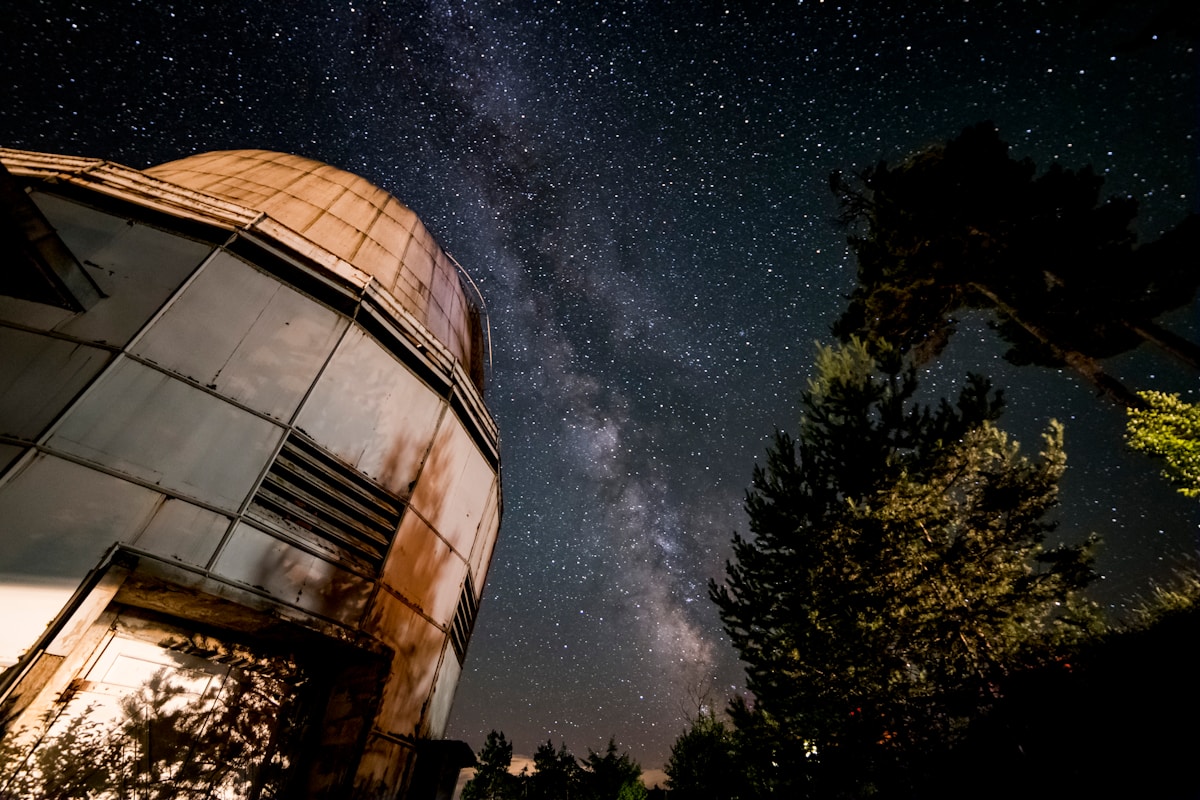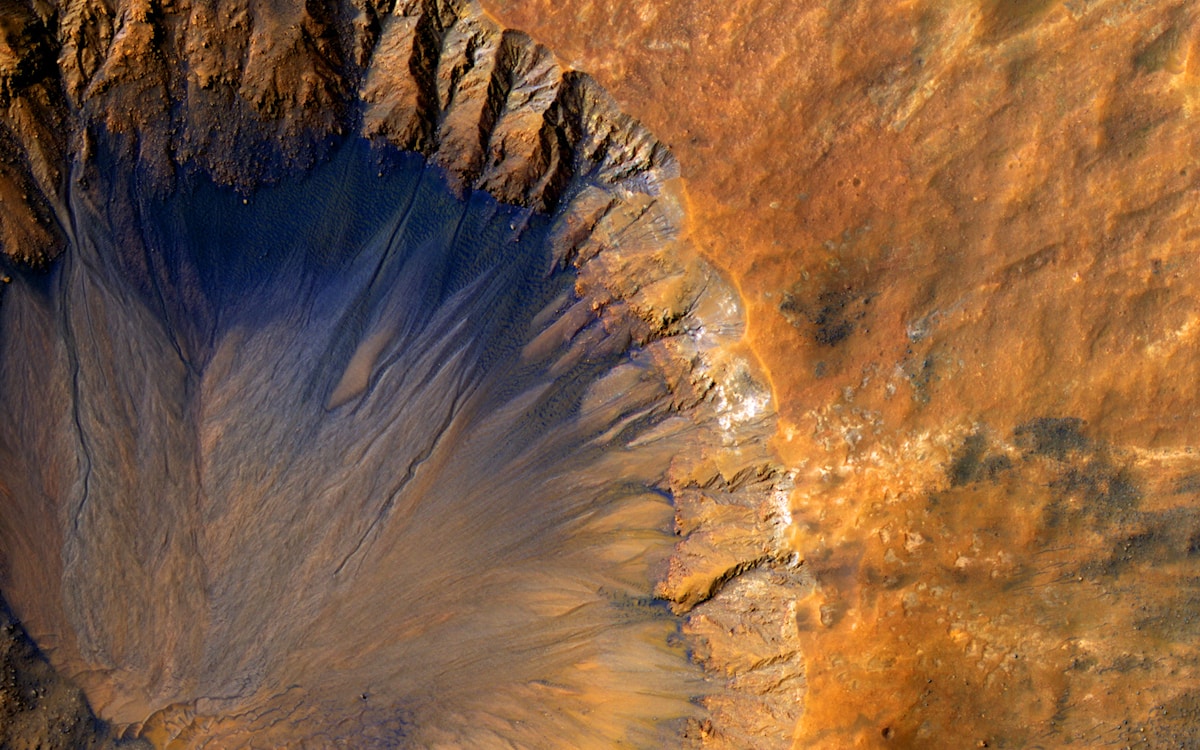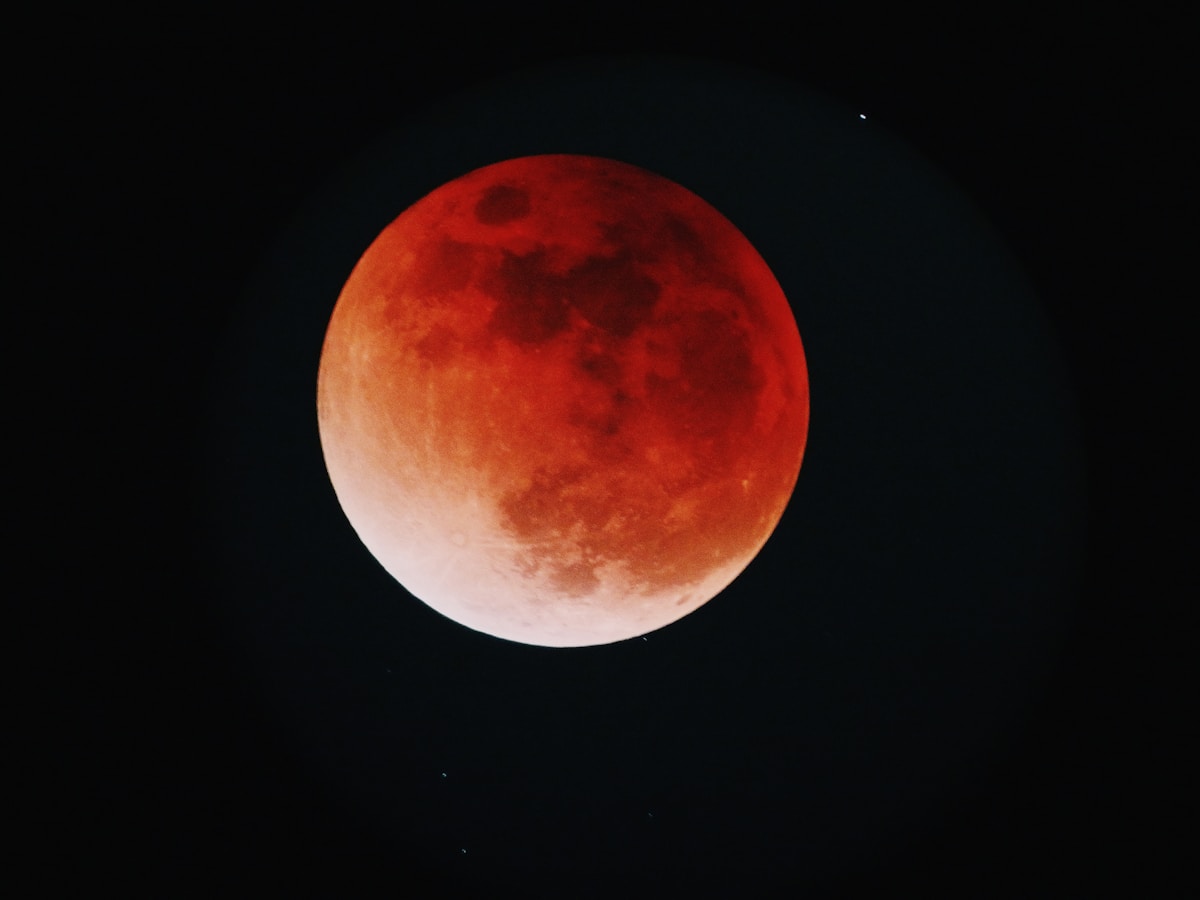Mars, being a terrestrial planet with a thin atmosphere having surface features similar to both the impact craters of the moon and valleys, deserts, and polar ice caps of the earth - scientists find the planet very fascinating and researches have been in place for decades by different companies and organizations to better study and learn the planet mars has been explored remotely by spacecrafts. Probes sent from earth dated as far as the twentieth century have yielded a startling increase in knowledge about the Martian system, focused mainly on understanding its geology and habitability potential to any form of life, specifically human life.
Different aerospace companies and organizations have been and are actively probing on whether the planet Mars will someday be habitable to human beings. Majority of these companies have made magnificent accomplishments towards the discovery on whether Mars can sustain human life.

The findings from space explorations were collected by these different companies by sending different robotic spacecrafts that had different roles and capabilities depending on the mission types. The spacecraft could have been: flyby spacecraft, orbiter, atmospheric, lander, rover, penetrator, observatory, or communications spacecraft.
Since the 1920s, Los Angeles, specifically Southern California’s mild consistent weather had made it a favored city of the aeronautics industry. With companies like the National Aeronautics and Space Administration (NASA), Space X, XCOR Aerospace, Boeing among others in the city, taking huge steps on Mars exploration, the progress is tremendous.
NASA representing the United States of America has made huge strides in Mars exploration. The first mission to Mars was when NASA successfully launched the spacecraft Mariner 4 in 1964 which was a flyby of the Mars and returned with the first pictures of the Martian surface.
This was followed by two other launches in July and August of 1969 respectively; that showed the data concerning crater size distributions, wall slopes, and geographic distribution that deliberated evidence of clouds or haze to depict new, distinctive forms of topography spotted in the pictures and to discuss the ramifications of the results in esteem to the present state, past history, and possible biological condition of Mars.
NASA later launched Viking 1 and Viking 2 landers with their correspondent orbiters in 1976.
The landers took photographs from the surface of the planet, being the first spacecraft to land on the surface of Mars and return images of the surface.
NASA later advanced in their research on the habitability of Mars by sending another spacecraft, the Mars Global Surveyor, in 1996 that studied the planet for ten years before breaking down in 2006.
During that period, the spacecraft studied the atmosphere and surface structure of Mars. In 2006, the researchers reported the spacecraft had discovered evidence of recent water activity on the planet, images on the spacecraft showed gullies on Mars surface which appeared that they had been formed by water.

Ongoing, NASA continually launched other spacecrafts that discovered the presence of pebbles, rocks, and soils that showed the variety of rocks was deposited by a catastrophic flood similar to that of earth, warmth and more water in Martian past history. Their spacecrafts also discovered that airborne dust in the planet is magnetic. Chemical analysis of the dust showed that iron seemed to be leached from the crust by an active water cycle. They also had a better measurement of the shape of the planet as compared to the past researches, suggesting that mars have a large core. This magnetic result and the measurement of Mars shape indicated that scientists had to rethink their ideas about the evolution of Mars.
On a recent launch of the spacecraft, Curiosity in 2011, there have been findings of dust storms that last months and grow massive, while others stay small and last only a week. Curiosity and a fleet of other spacecraft launched by NASA in the orbit Mars will allow scientists for the first time to collect wealth of dust material both from the surface of mars and space.
Space X, another aeronautics company founded by the entrepreneur Elon Musk in 2002, aims at reducing transportation costs to space and enable the colonization of the planet Mars. Musk believed that if we as humans were to survive, we must become a multi-planet species.
Musk through Space X has foreseen as many as a thousand spaceships in a holding pattern in orbit around the earth to fulfill his vision. Every 26 months or so when earth and Mars are cordially aligned, that fleet of ships will sail towards our closest neighbors, unfurling solar panels along the way.
Space X’s research began with scientists working on a space-ready growth chamber for plants using soil from Mars. This study, if successful, had provided oxygen in Mars for the first time in history. The group talked about sending out kits to students around the country to grow their plants simultaneously and take note, for example, that the Martian plant could mature twofold as high as its correspondent in the same amount of time. The study failed due to Mars’ very challenging cold weather that is -80 degrees Fahrenheit, this factor made it increasingly impossible to grow anything or even bare life.

Musk didn’t flinch even after a number of Space X’s spacecraft crashing requiring an immense amount of work from his engineers. Space X opened up the Hyperloop in 2013 that was a new mode of transportation and multiple groups later set to work on building it. The aim of the spaceship was to successfully travel to the earth’s orbit and back with discovering of the surrounding planets. In this case, Space X has foreseen the beginning construction and launch of a rocket in 2022 containing just cargo on the Mars. Space X has already started flying rocket boosters that repeatedly deliver fuel tankers and spaceships capable of carrying up to a hundred passengers into earth’s orbit.
If Space X meets that deadline, Musk is confident the company would next aim to launch four spaceships in 2024; two would carry cargo, while the other two would contain space crew. The two missions aim at finding the Mars’ best sources of water and constructing a propellant plant on mars, which Space X would be obligated to bolster round-trip journeys between earth and Mars.

With all the successful studies and research on the search of the habitability of planet mars, there have also been some foretold ramifications. Placing humans on Mars might be a breakthrough for either of the companies to do it first but also poses major ethical concerns that neither Space X, NASA, or any other aeronautical companies did not address. Among them include the likelihood that we and our hardware tech might contaminate the planet.
This could end any life that’s already on there and erase any chance we have of discovering whether alien life forms were even there to begin with. The Library of Congress’ chair of astrobiology, said that using a different world as a backup planet and destroying it in the process-is a profoundly erroneous idea. In conclusion, the exploration and settlement of the Mars is one of the most gutsy and audacious human venture of all time that would have its own untold ramifications in the future.
"If we as humans were to survive, we must become a multi-planet species" - Elon Musk